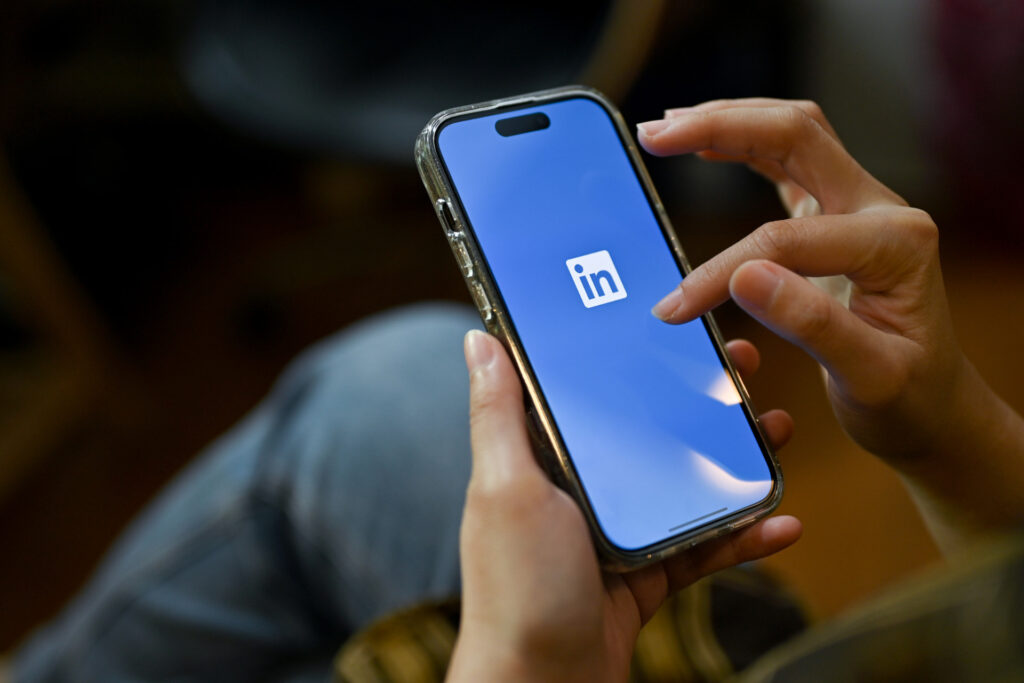Studies have shown that colors have a significant impact on human emotions, thoughts, and behavior. As a business owner, it’s crucial to understand how to leverage the power of colors to create an unforgettable user experience and drive conversions.
In this article, we’ll take a deep dive into color psychology and how you can use it to influence user behavior on your website. From warm colors that evoke feelings of excitement and passion to cool colors that create a sense of calm and tranquility, we’ll explore the meanings behind each color and how they can impact your visitors.
By the end of this article, you’ll have a solid understanding of how to use colors to create a website that not only looks great but also inspires action. So, let’s get started and discover the fascinating world of color psychology in web design!
The Basics of Color Psychology
Color psychology is the study of how colors affect human behavior and emotions. Different colors can have different meanings and effects on our moods and perceptions.
The primary colors are red, yellow, and blue. Secondary colors are created by mixing primary colors together. For example, mixing red and yellow creates orange, mixing yellow and blue creates green, and mixing blue and red creates purple.
Here are some common meanings and associations of primary and secondary colors:
- Red: passion, energy, power, love, danger, excitement
- Yellow: happiness, optimism, creativity, warmth, caution
- Blue: calmness, trust, intelligence, loyalty, sadness
- Green: growth, nature, health, envy, money
- Purple: royalty, luxury, creativity, mystery, spirituality
- Orange: enthusiasm, warmth, energy, excitement, caution
- Pink: femininity, romance, sweetness, calmness, gratitude
- Brown: stability, simplicity, nature, comfort, earthiness
Warm colors such as red, orange, and yellow are often associated with high energy, excitement, and passion. They can stimulate the senses and increase heart rate and respiration. Warm colors can be great for creating a sense of urgency or drawing attention.
Cool colors such as blue, green, and purple are often associated with calmness, tranquility, and relaxation. They can lower heart rate and respiration and create a sense of serenity. Cool colors can be great for creating a sense of trust or promoting a peaceful atmosphere.
Color harmony refers to how colors work together in a pleasing and balanced way. One way to achieve color harmony is through the use of color schemes, such as complementary colors, analogous colors, or monochromatic colors.
Complementary colors are colors that are opposite each other on the color wheel, such as red and green or blue and orange. They create high contrast and can be very dynamic when used together.
Analogous colors are colors that are next to each other on the color wheel, such as blue, green, and yellow. They create a harmonious and calming effect.
Monochromatic colors are different shades and tints of a single color, such as light blue, medium blue, and dark blue. They create a calming and sophisticated effect.
Applying Color Psychology in Web Design
Color psychology is a powerful tool that can be used in web design to evoke emotions and influence user behavior. Here are some tips for applying color psychology in web design:
- Choosing a color scheme that aligns with the website’s purpose and audience: The color scheme you choose should reflect the website’s purpose and the intended audience. For example, if the website is for a healthcare organization, using calming colors like blue and green can create a sense of trust and reliability. If the website is for a children’s toy store, using bright and playful colors like pink, orange, and yellow can create a fun and exciting atmosphere.
- Using color to highlight important elements and call-to-actions: Using contrasting colors for buttons and call-to-actions can make them stand out and increase the chances of users clicking on them. For example, using a bright red button on a white background can grab a user’s attention and make them more likely to take action.
- Creating a visual hierarchy using color: Color can be used to create a visual hierarchy on a webpage, guiding users through the content in a logical way. For example, using a bold color for headings and subheadings can help them stand out and make it easier for users to scan the page and find the information they are looking for.
- Using color to create a brand identity: Color can be a powerful tool for creating a brand identity and making a website more memorable. Consistent use of a particular color or color scheme can help users associate those colors with the brand and make it easier for them to recognize it in the future.
Overall, using color psychology in web design can help create a more engaging and effective website that resonates with users and achieves its goals.
Color Usage in Different Website Types
Choosing the right color scheme for your website is crucial as it can greatly impact how your visitors perceive your brand and interact with your website. Different website types require different color schemes to achieve the desired effect.
In this section, we will discuss the appropriate color usage for four types of websites: e-commerce, social media, corporate, and educational.
E-commerce Websites
E-commerce websites aim to drive sales, and the color scheme should reflect that. The color scheme should be clean and simple with high contrast to draw the user’s attention to the products.
It is recommended to use bold colors like red, orange, and blue to create a sense of urgency, excitement, and trust. These colors can be used in combination with neutral colors like white, black, or grey to create a balanced look.
Social Media Websites
Social media websites are all about user engagement and building a sense of community. The color scheme should reflect that by being playful and bright, with a mix of vibrant colors like yellow, blue, green, and purple. These colors can be used in combination with white, black, or grey for contrast.
It is important to use colors that are associated with the brand, as this helps users identify the website easily.
Corporate Websites
Corporate websites are professional and authoritative, and the color scheme should reflect that. It is recommended to use muted colors like blue, grey, and green to create a sense of trust, stability, and reliability.
These colors can be used in combination with darker shades of the same color or with a lighter color like white or beige for contrast.
Educational Websites
Educational websites are all about learning and knowledge sharing. The color scheme should be calming and soothing, as this helps users focus on the content.
It is recommended to use shades of blue, green, and purple to create a sense of stability, trust, and creativity. These colors can be used in combination with neutral colors like white, beige, or grey to create a balanced look.
Overall, the color scheme of your website should reflect the purpose of your website and your brand. Using the appropriate color scheme can greatly improve the user experience and increase engagement with your website.
When designing your website, consider the different website types and the appropriate color scheme for each. If you are unsure about the color scheme, consult a professional web designer who can guide you through the process.
The Importance of Testing and Measuring
As a business owner looking to create a successful online presence, it’s important to understand the importance of testing and measuring when it comes to web design. A/B testing and measuring user engagement and conversion rates are two essential components of effective web design.
A/B testing, also known as split testing, is a process of comparing two versions of a web page to determine which one performs better in terms of user engagement and conversion rates. By creating two versions of a page with different color schemes, layouts, or content, businesses can experiment and determine which version is more effective in engaging users and encouraging them to take action.
For example, if you’re designing a website for an e-commerce store, you may want to test different color schemes for your “Add to Cart” button to see which one converts more visitors into customers. By using A/B testing, you can gain valuable insights into what works and what doesn’t, and adjust your design accordingly.
Measuring user engagement and conversion rates is another critical aspect of web design. By tracking metrics such as bounce rates, time on site, and conversion rates, businesses can gain insights into how users are interacting with their websites and identify areas for improvement.
For example, if you notice that visitors are leaving your site quickly or not completing purchases, you may need to adjust your design to make it more user-friendly and intuitive. By measuring user engagement and conversion rates, you can continuously optimize your design to improve the user experience and drive business results.
Bottom Line
Color psychology is a powerful tool that can be used to influence user behavior on websites. By understanding the psychological effects that different colors have on people, website designers can create more effective and engaging websites that better meet the needs of their target audience.
Colors can be used to evoke certain emotions, such as red for excitement or blue for calmness, and can be used to create a cohesive and memorable brand identity. Additionally, colors can be used to draw attention to specific elements on a website, such as calls to action or important information, and can help improve user navigation and overall user experience.
At Rival Marketing, we specialize in using color psychology and other effective digital marketing strategies to help businesses achieve their goals and stand out from the competition. Whether you’re looking to increase website traffic, generate leads, or improve conversions, our team of experts can provide tailored solutions to help you achieve success. Contact us today to learn more about how we can help your business grow.




